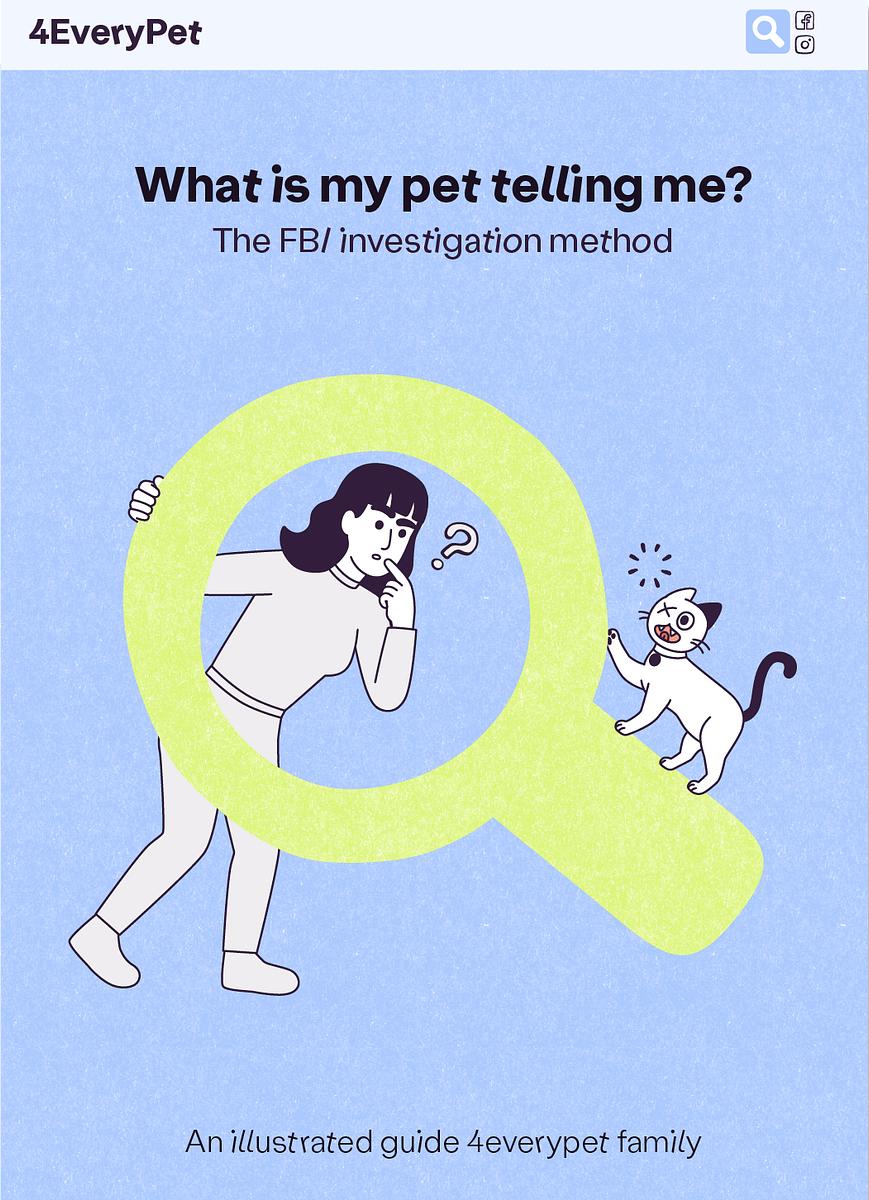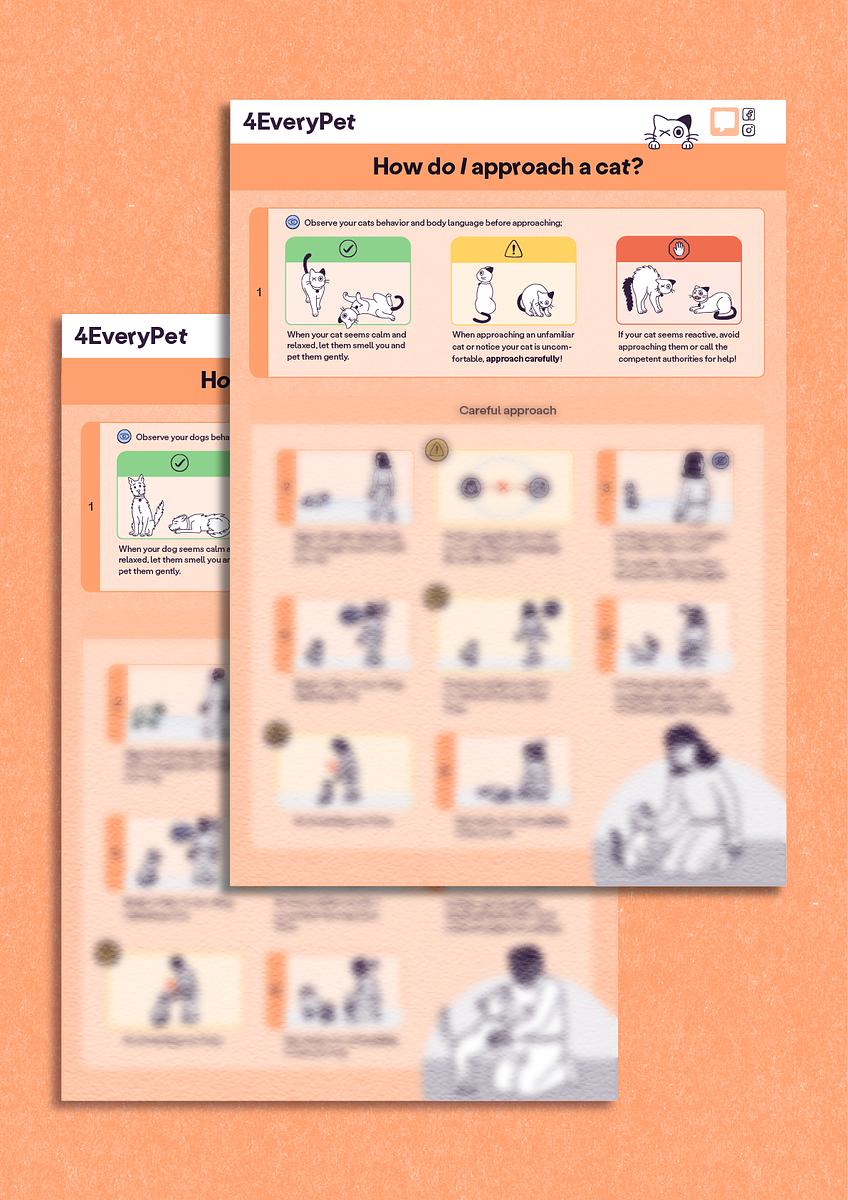Pets are part of our families, but we speak different languages. To help you, we created a pet language investigation method so you can understand your pet better.
The initial step when investigating your cat's body language to create a successful translation and lead to many joyful interactions with them is to gather clues.
To gain a deeper understanding of this investigation process, check out our previous blog post on how to investigate pet body language.
Let's begin!
Look for the clues
Every clue is crucial and meaningful when studying the message your pet is sending you.
Cat ear dictionary
Learning about cat ear postures and movements
Cats can perceive the auditory world around them through their ears. Their position can indicate that the cat is alert, relaxed, or has sensed danger. Cats can move their ears quickly, subtly, and independently, so you must be attentive!

Upright and slightly rotated to the side
Your cat is relaxed and not paying particular attention to what’s happening. They feel safe.
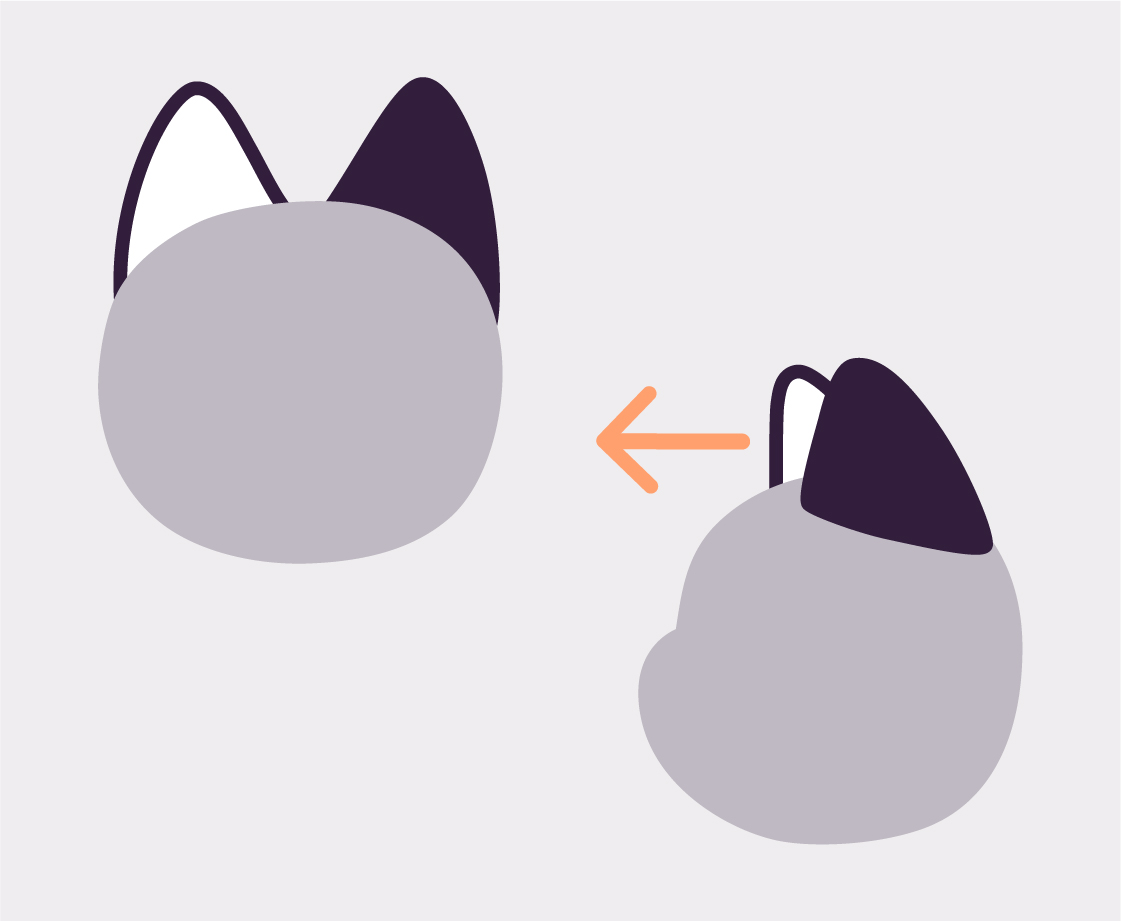
Upright forward
Your cat is alert and noticing the environment. They are trying to evaluate if it’s safe. Or your cat is curious about something interesting that is happening.
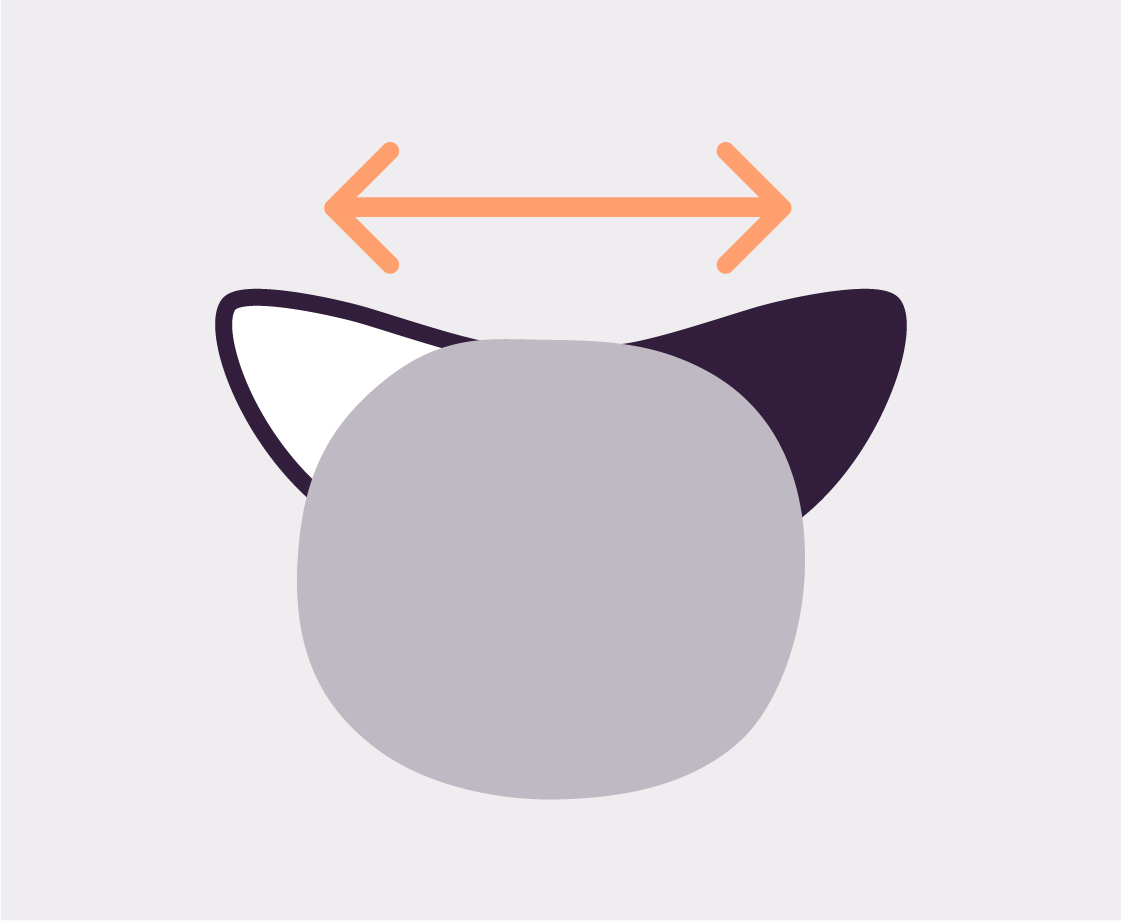
Flattened
Your cat is sensing danger. They are still trying to gather information, but the more fearful the cat is, the flatter their ears become.

Backward rotation
Your cat doesn’t feel safe and is prepared to defend themself if necessary.
That’s it! Practice investigating your pet's language every now and then. After a while, most steps will become natural to you!
Stay tuned for our next blog post. We'll explore how your cat’s eyes can show how they feel.
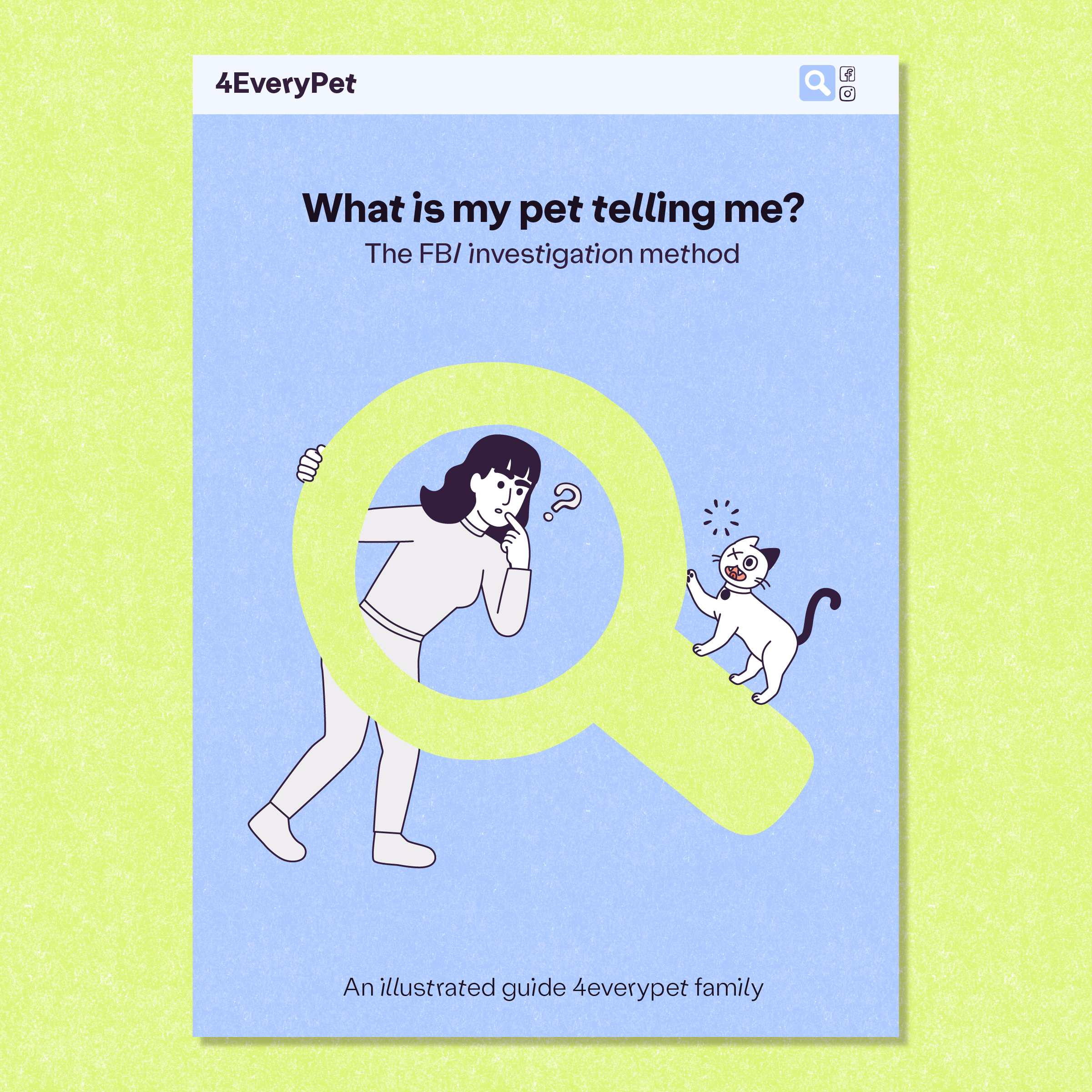
Can't wait to explore the FBI Investigation Method?
You can now access the complete Method in the ebook. Start investigating today!
Thank you for reading!
4EveryPet can only exist thanks to your support. Please share this blog post or buy us a Ko-fi to help keep our content available 4everyone!




